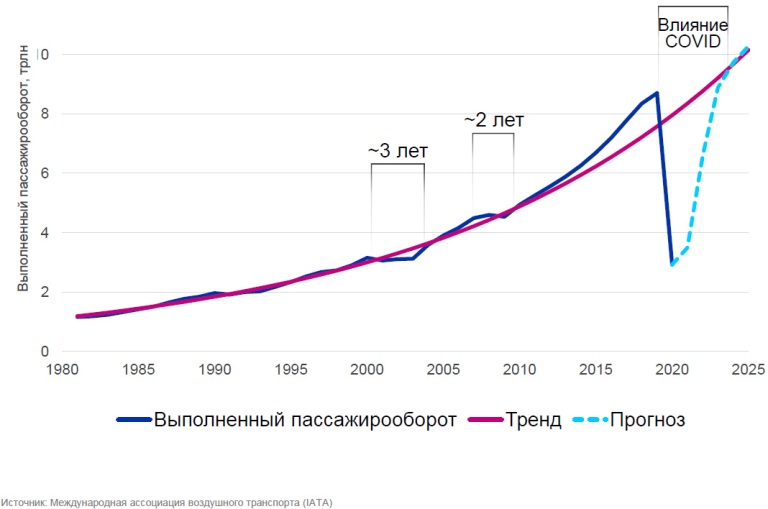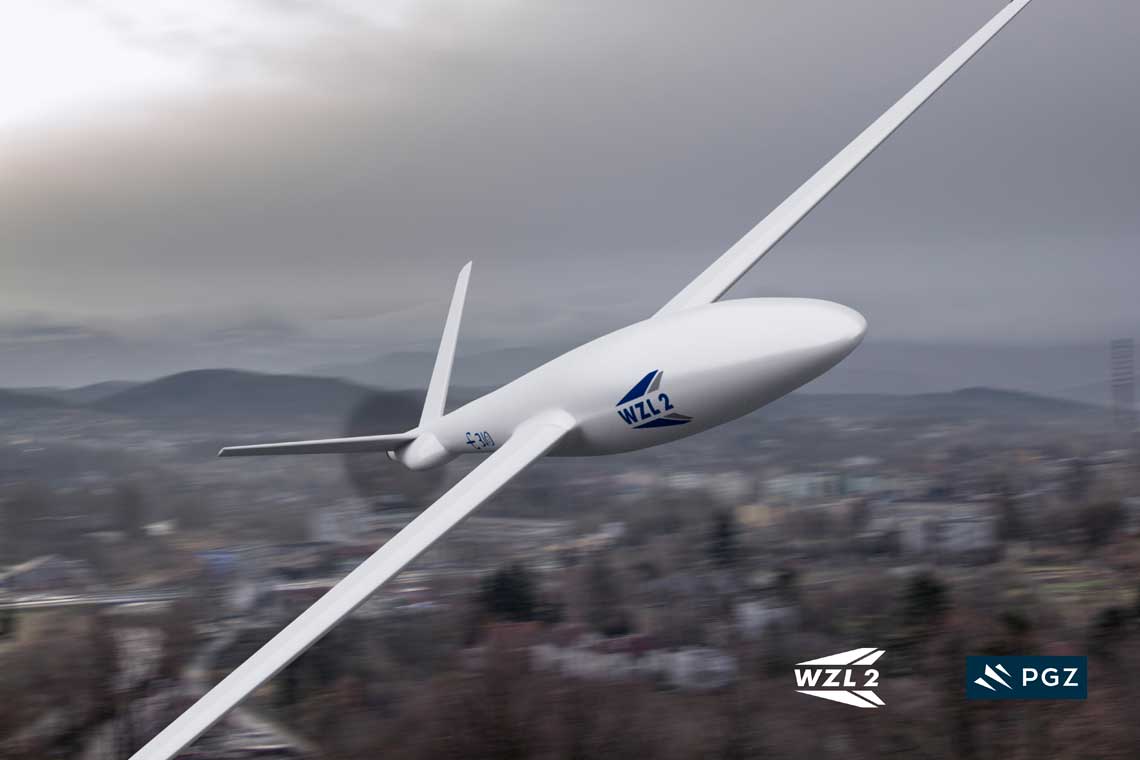
Long-term forecasts of the aviation market
An Airbus test and collection center at Toulouse-Blagnac Airport in France. Airbus Photos
Communications aircraft manufacturers have published subsequent editions of long-term forecasts for the air travel market. According to their estimates, in the next two decades, 2018-2037, transportation will increase by 2,5 times, and airlines will purchase: according to Boeing - 42,7 thousand aircraft ($6,35 trillion), and according to Airbus - 37,4 thousand. In its forecasts, the European manufacturer deals with cars with a capacity of more than 100 seats, and the American one with smaller aircraft. Embraer estimates the need for regional aircraft with a capacity of up to 150 seats at 10,5 thousand. units, and the MFR of turboprops by 3,02 thousand. Boeing analysts predict that in two decades the number of aircraft will increase from the current 24,4 48,5. up to 8,8 thousand units, and the volume of the air transportation market will be XNUMX trillion dollars.
In the middle of the year, manufacturers of communications aircraft published regular releases of long-term forecasts for the air transportation market. The Boeing study is called Current Market Outlook - CMO (Current Market Outlook) and Airbus Global Market Forecast - GMF (World Market Forecast). In its analysis, a European manufacturer deals with aircraft with a capacity of more than 100 seats, while an American manufacturer deals with regional aircraft with 90 seats. On the other hand, forecasts prepared by Bombardier, Embraer and ATR focus on regional jets, which are the subject of their production interest.
In separate forecasts, market analysts estimate: the volume of air transportation and the development of the fleet by regions of the world and the financial conditions for the functioning of the air transportation market in the next twenty years 2018-2037. The preparation of the latest forecast releases was preceded by an in-depth analysis of the traffic on the busiest routes and the quantitative changes made to the fleet, which is staffed by the largest carriers, as well as the operating costs of individual route segments. air travel market. Forecasts are used not only by airline management and communication aircraft manufacturers, but also by bankers, aviation market analysts and concerned government administrations.
Air traffic forecast
Aviation market analysts, who prepared the latest releases of long-term forecasts, proceeded from the fact that the average annual economic growth of world GDP (gross domestic product) will be 2,8%. Countries in the region: Asia-Pacific - 3,9%, Middle East - 3,5%, Africa - 3,3% and South America - 3,0% will record the highest annual growth dynamics of their economies, and below the global average: Europe - 1,7, 2%, North America - 2% and Russia and Central Asia - 4,7%. The development of the economy will provide an average annual increase in passenger traffic at the level of XNUMX%. Transport growth, more than economic, will be mainly the result of: market liberalization and the progressive expansion of the communication network, lower ticket prices, as well as the positive impact of the development of world trade and international tourism. For the first time in many years, we are seeing economic growth in all regions of the world create more incentives for global air travel. “We see strong growth trends not only in emerging markets in China and India, but also in mature markets in Europe and North America,” said Boeing Vice President of Marketing Randy Tinseth in a commentary to the forecast.
The main driver for the development of air travel will be population growth and the gradual expansion of the middle class (i.e. people earning from 10 to 100 dollars a day, these amounts are adjusted for the purchasing power of individual currencies). Airbus analysts have calculated that within two decades the world population will increase by 16% (from 7,75 to 9,01 billion), and the middle class by as much as 69% (from 2,98 to 5,05 billion). The largest, two-fold increase in the population of the middle class will be recorded in Asia (from 1,41 to 2,81 billion people), and the largest dynamics in Africa (from 220 to 530 million). In the major markets of Europe and North America, the projected size of the middle class will not change much and will remain at the level of 450-480 million (Europe) and 260 million (North America), respectively. It should be noted that the middle class currently makes up 38% of the world's population, and in twenty years its share will increase to 56%. The driving force behind the development of air travel will be progressive urbanization and wealth growth in emerging markets with great potential (including: India, China, South America, Central Europe and Russia). With a total population of 6,7 billion people in these regions, air travel will grow at a rate of 5,7% per year, and the number of people wishing to travel by air will triple. In the next few years, China's domestic aviation market will become the largest in the world. On the other hand, in developed markets (including North America, Western Europe, Japan, Singapore, South Korea and Australia) with a population of over a billion people, traffic will grow at a rate of 3,1%. The demand for air transportation will lead to the development of airports, including transfer hubs located near metropolitan areas (they generate more than 10 passengers daily on long-haul routes). In 2037, two-thirds of the world's population will live in cities, and the number of metropolitan areas will increase from the current 64 to 210 (in 2027) and 328 (in 2037).
Dynamically developing regions will be: South America, the Asia-Pacific region and the Middle East, which will grow at an average annual rate of 5-5,5%, and Africa - 6%. In the two major markets of Europe and North America, growth will be moderate at 3,1% and 3,8%, respectively. Since these markets will grow at a slower rate than the global average (4,7%), their share in global traffic will gradually decrease. In 1990, the combined share of the American and European market was 72%, in 2010 - 55%, fifteen years ago - 49%, in twenty years this share will decrease to 37%. However, this is not the result of high saturation only stagnation.
The annual dynamics of air transportation in a few percent will lead to the fact that in 20 years the number of passengers will grow from the current 4,1 to 10 billion, and transport productivity from 7,6 trillion pkm (pass.-km) to about 19 trillion pkm. . Boeing estimates that in 2037 the areas with the most traffic will be domestic routes in China (2,4 trillion pkm), North America (2,0 trillion pkm), Europe and Southeast Asia, as well as connections from Europe to North America ( 0,9 trillion pkm). ) and the Middle East. The Asian market share in the world is currently 33%, and in two decades it will reach 40%. On the other hand, the European market will fall from the current 25% to 21%, and the North American market from 21% to 16%. The market of South America will remain unchanged with a share of 5%, Russia and Central Asia - 4% and Africa - 3%.

